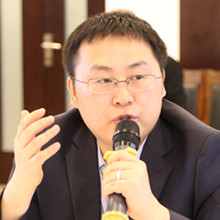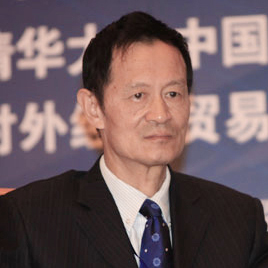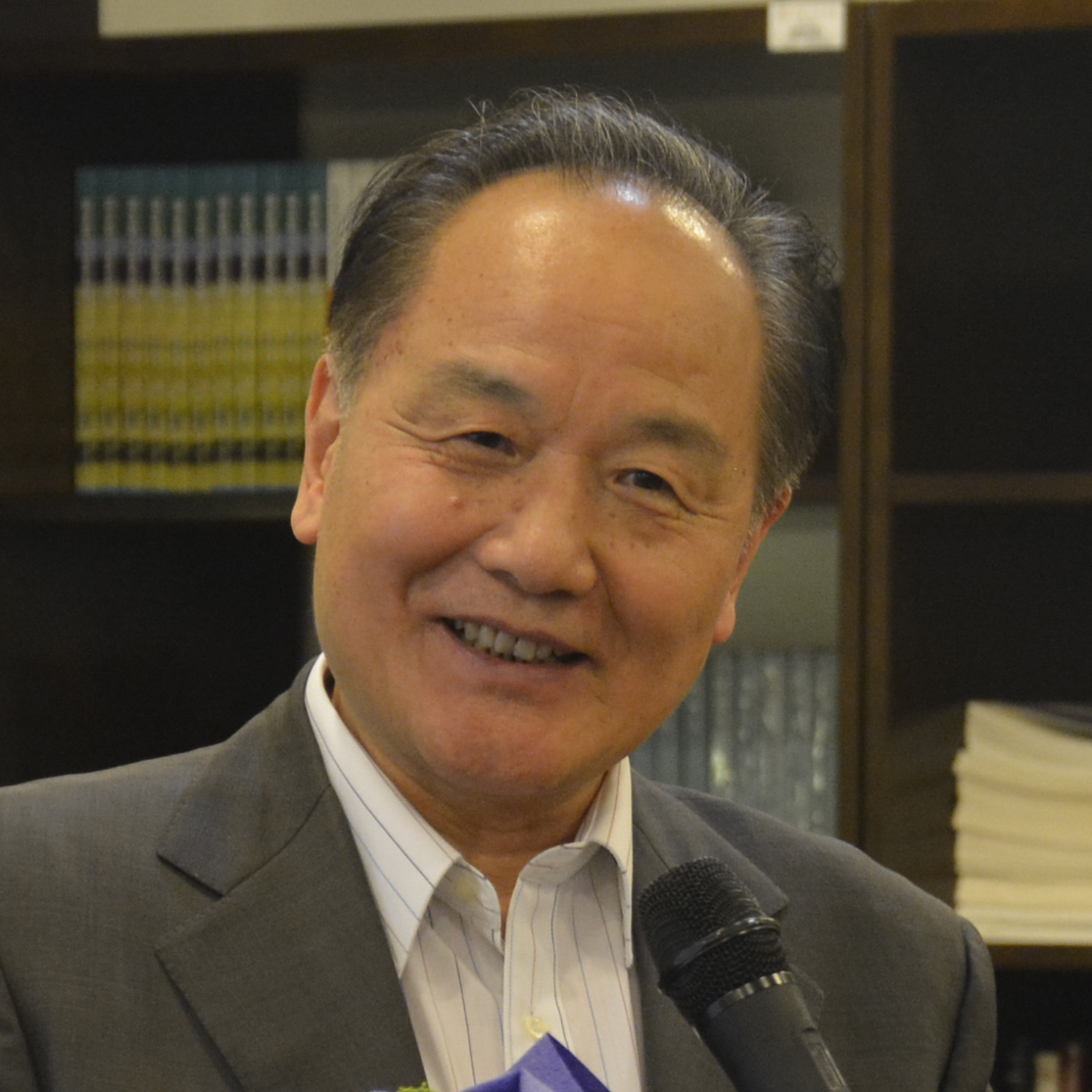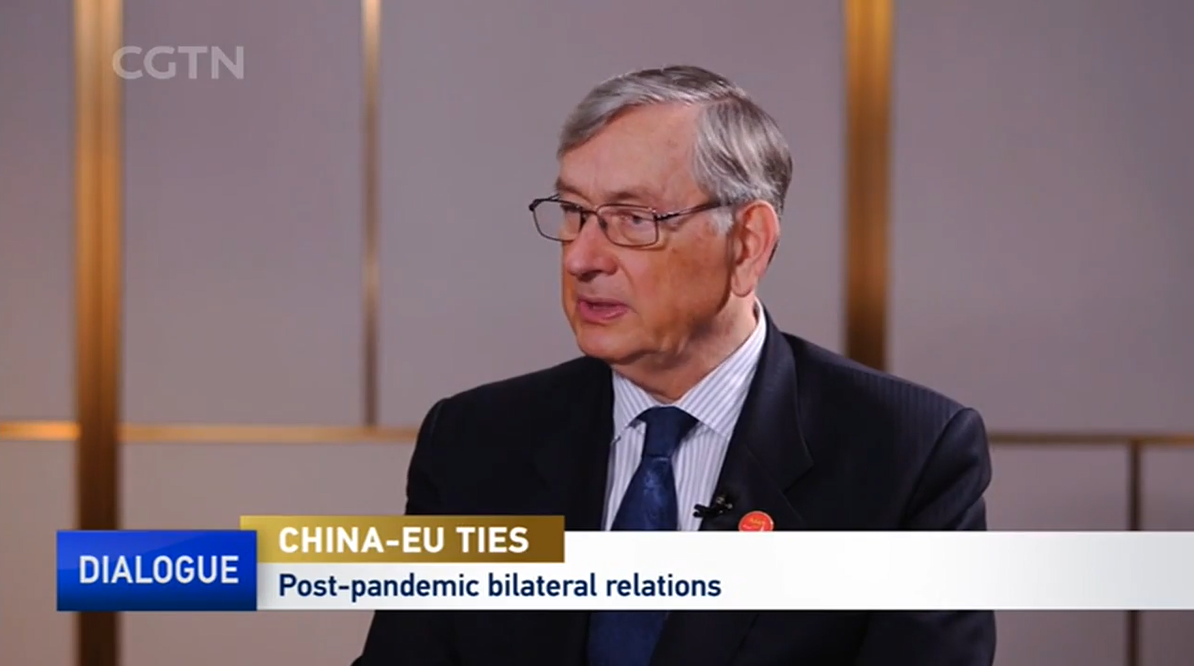Commentaries
Your Present Location: Teacher_Home> He Weiwen> CommentariesSpearheading a Significant Push: Shenzhen gears up to be a new socialist powerhouse
Source: Beijing Review Published: 2019-8-23
After piloting China's economic development for almost 40 years, Shenzhen in south China's Guangdong Province is mapping out its new task as a pilot demonstration area of socialism with Chinese characteristics, according to a document released by the Communist Party of China (CPC) Central Committee and the State Council on August 18.
One of the first special economic zones in China in 1980, Shenzhen has made remarkable progress and developed from a small fishing village to one of the top four megacities in the country. The new plan symbolizes the start of the next chapter in the city's future glory.
Shenzhen, again
Official data shows that Shenzhen's GDP surged from less than 200 million yuan ($28.24 million) in 1980 to 2.4 trillion yuan ($343 billion) in 2018, only behind Shanghai and Beijing among Chinese cities. It surpassed Hong Kong Special Administrative Region (HKSAR), its neighbor, for the first time, and had the highest per-capita GDP among Chinese cities in 2018.
In an article published on August 3 in Outlook Weekly, a magazine affiliated with Xinhua News Agency, Wang Xiaoguang, a professor of economics at the Party School of the CPC Central Committee (National Academy of Governance), analyzed why Shenzhen was again chosen to be a pilot.
As a young city with the youngest population in China, it has accomplished many firsts in reform and opening up and now it has also become a leader in scientific and technological innovation in the country, Wang commented. The city has faced various challenges in the past decades but has never failed to develop.
"It has made significant contributions to exploring the path of socialism with Chinese characteristics," he wrote.
The new plan details three steps to be carried out in the next few decades. By 2025, Shenzhen will rank among the world's leading cities in terms of economic strength and quality of development. By 2035, it will turn into a national model of high-quality development, as well as a hub of innovation, entrepreneurship and creativity with international influence. By the mid-21st century, the city will become one of the top cosmopolises in the world and a global pacesetter with outstanding competitiveness, innovative capacity and influence.
Its new role, as the new plan states, will be as a demonstration area of socialism with Chinese characteristics. Wang explained that this is a comprehensive goal rather than just a focus on economic development. The document lists various plans for developing its education, healthcare, culture and finance.
"From the concrete measures listed in the plan, Shenzhen has been endowed with more powerful and comprehensive urban functions, which will promote reform and opening up at a higher level and enhance its ability to become a global benchmark city," Zhang Zhaoan, Vice President of the Shanghai Academy of Social Sciences, told People's Daily.
Zhang cited measures to accelerate the construction of a global ocean city as an example. Shenzhen will set up a maritime university and a national deep-sea research center, and explore the establishment of a financial institution specialized in maritime development.
"These measures are very practical and will help Shenzhen accumulate experience to become a model city," Zhang said.
Huang Yuanhao, founder of Shenzhen-based Orbbec, the world's leading provider of 3D sensing technology solutions, applauded the plan.
"It is exciting news for entrepreneurs in Shenzhen," Huang told Beijing Review. "Shenzhen has a complete supply chain for hi-tech startups, which is a great advantage. It is where tech giants like Huawei, Tencent and DJI are located and it has made great efforts to draw in international professionals. With this new plan, I am very confident that Shenzhen will become a great hi-tech powerhouse in the future."
Huang is grateful for what the government has done to support private enterprises. "It has made long-term plans and strategies for the development of the city, which is crucial for us to have a broader view for our own businesses," he said.
"Shenzhen is a good example of the handling of the relationship between the market and the government since the beginning of China's reform and opening up," Wang said.
Hong Weimin, Principal Liaison Officer for Hong Kong at the Shenzhen Qianhai Authority, also addressed this point during an interview with China Global Television Network (CGTN).
"Socialism with Chinese characteristics is still evolving," Hong said. "In traditional socialist society, it is the state that controls everything, while the market is just a small component. But according to Xi Jinping Thought on Socialism with Chinese Characteristics for a New Era, the market plays the decisive role in resource allocation."
Opening up and cooperation
"This year marks the 70th anniversary of the founding of the People's Republic of China and the 41st anniversary of the adoption of the reform and opening-up policy. It is also the first year of the development of the Guangdong-Hong Kong-Macao Greater Bay Area," Wu Haifeng, an associate professor at the Chinese University of Hong Kong, said during an interview with CGTN, adding that Shenzhen's new plan is a fresh move to show the world how determined China is to deepen reform and opening up as well as to bring the Greater Bay Area to a new stage.
He Weiwen, a senior fellow at the Chongyang Institute for Financial Studies, Renmin University of China, added a point concerning the timing of the launch of the new plan. "Our country has taken two major steps recently to deepen opening up," He told CGTN, explaining that along with the Shenzhen plan, the Lin-gang Special Area of the China (Shanghai) Pilot Free Trade Zone was officially launched on August 20.
HKSAR Chief Executive Carrie Lam Cheng Yuet-ngor said the new Shenzhen plan will benefit its cooperation with Hong Kong.
"Among the 11 cities included in the Guangdong-Hong Kong-Macao Greater Bay Area, the distance between Shenzhen and Hong Kong is the shortest," she said at a press conference on August 20. "We are very good partners and the new plan will definitely benefit Hong Kong."
More efforts will be made to explore a model of collaborative development and facilitate the efficient exchange of personnel, capital, technology and information between Shenzhen and Hong Kong. The Central Government will encourage Shenzhen, Hong Kong and Macao to jointly hold cultural and artistic activities to better preserve their cultural heritage and strengthen the sense of identity among compatriots.
Xing Yunchao, a sociologist from Hong Kong University, said the tremendous changes in Shenzhen in the past decades have had an effect on many Hong Kong residents. "In the past, the influence of Hong Kong could be seen everywhere in Shenzhen, but Shenzhen could hardly impact Hong Kong," Xing said. "Now the influence is more mutual rather than one-sided and the two cities have more cooperation in various areas."
In recent years, the gap between small and medium-sized enterprises (SMEs) in Hong Kong and those in the mainland has been narrowing. SMEs in Hong Kong hope to seek more opportunities in Shenzhen, according to the Hong Kong General Chamber of Small and Medium Business.
Wu Sikang, a researcher with the Development Research Center of the Shenzhen Municipal Government, said, "Hong Kong's investment and management experience has contributed greatly to Shenzhen's economic takeoff. Shenzhen-Hong Kong cooperation, put in the context of the Guangdong-Hong Kong-Macao Greater Bay Area, is set to figure prominently in the demonstration area plan."
He Weiwen is a senior fellow of Chongyang Institute for Financial Studies at Renmin University of China.

















































































 京公网安备 11010802037854号
京公网安备 11010802037854号





